PLX Technology CompactPCI 9030RDK-LITE Quick user guide
Other PLX Technology Microcontroller manuals
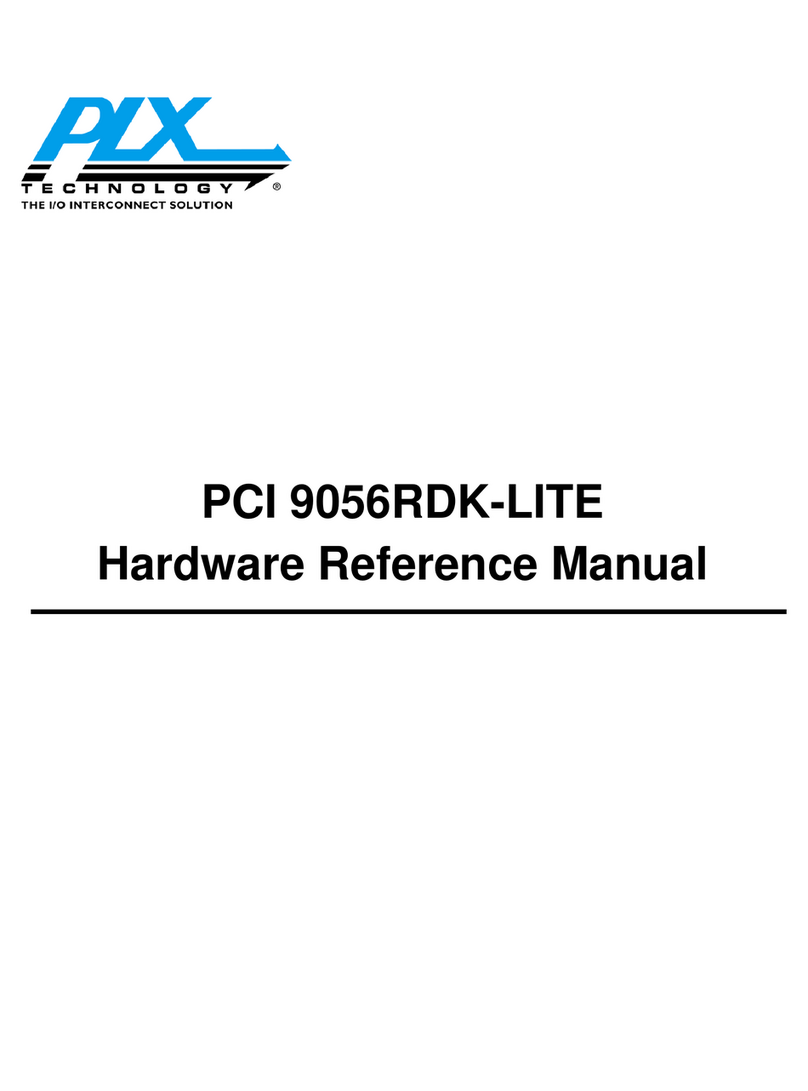
PLX Technology
PLX Technology PCI 9056RDK-LITE Quick user guide
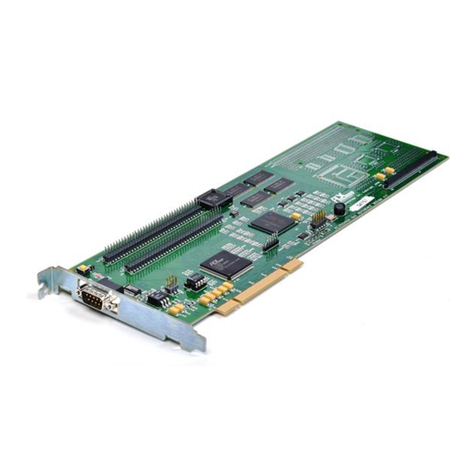
PLX Technology
PLX Technology PCI 9054RDK-860 Quick user guide

PLX Technology
PLX Technology PCI 9054RDK-LITE Quick user guide
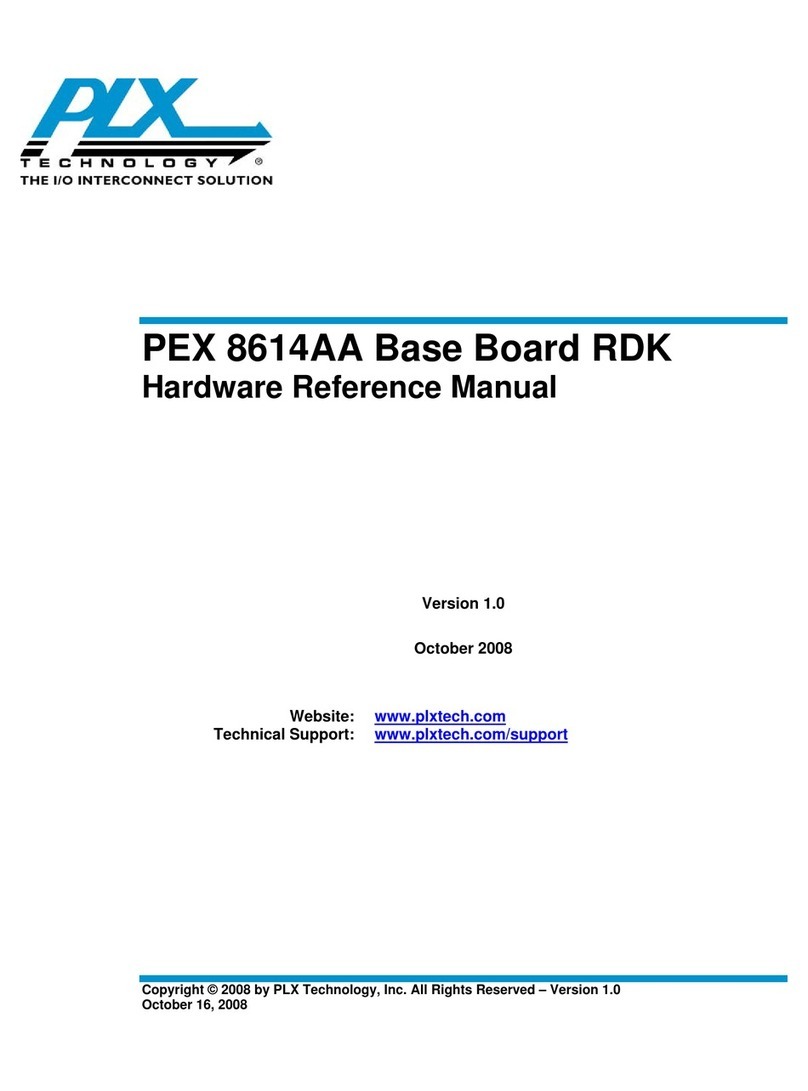
PLX Technology
PLX Technology PEX 8614AA Quick user guide

PLX Technology
PLX Technology PEX 8632-AA User manual

PLX Technology
PLX Technology PEX 8647-AA RDK Quick user guide

PLX Technology
PLX Technology PEX8605 Quick user guide
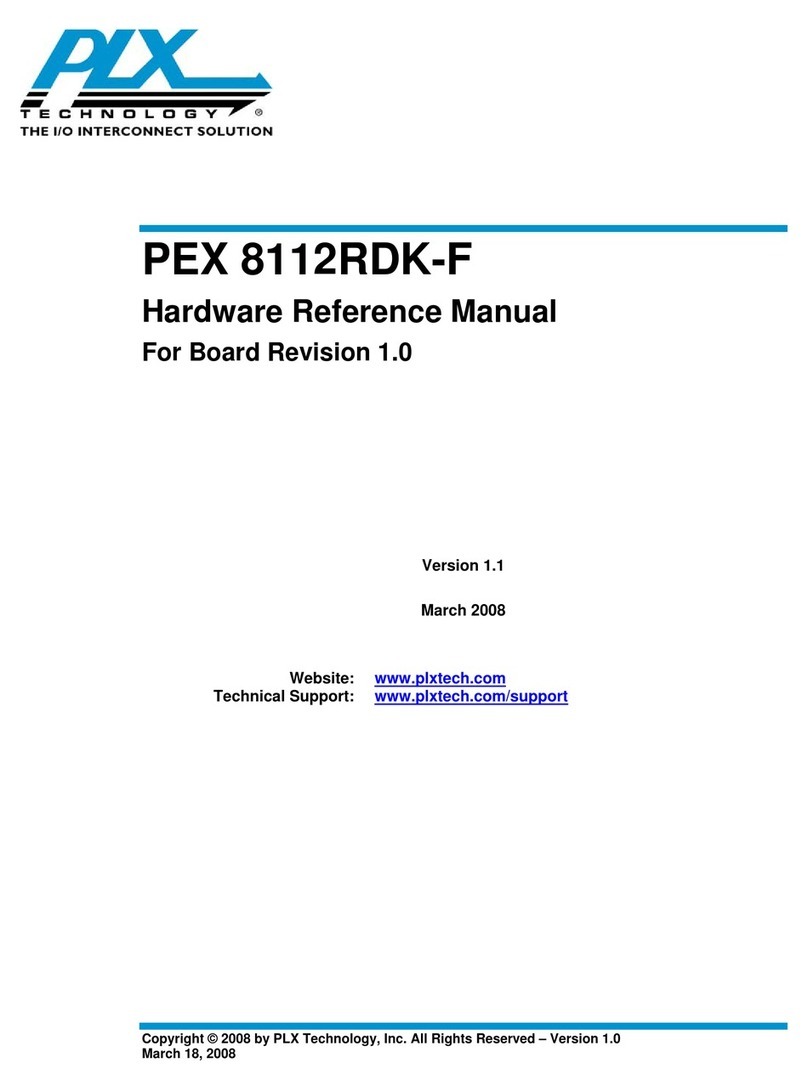
PLX Technology
PLX Technology PEX 8112RDK-F Quick user guide

PLX Technology
PLX Technology PEX 8509RDK Quick user guide
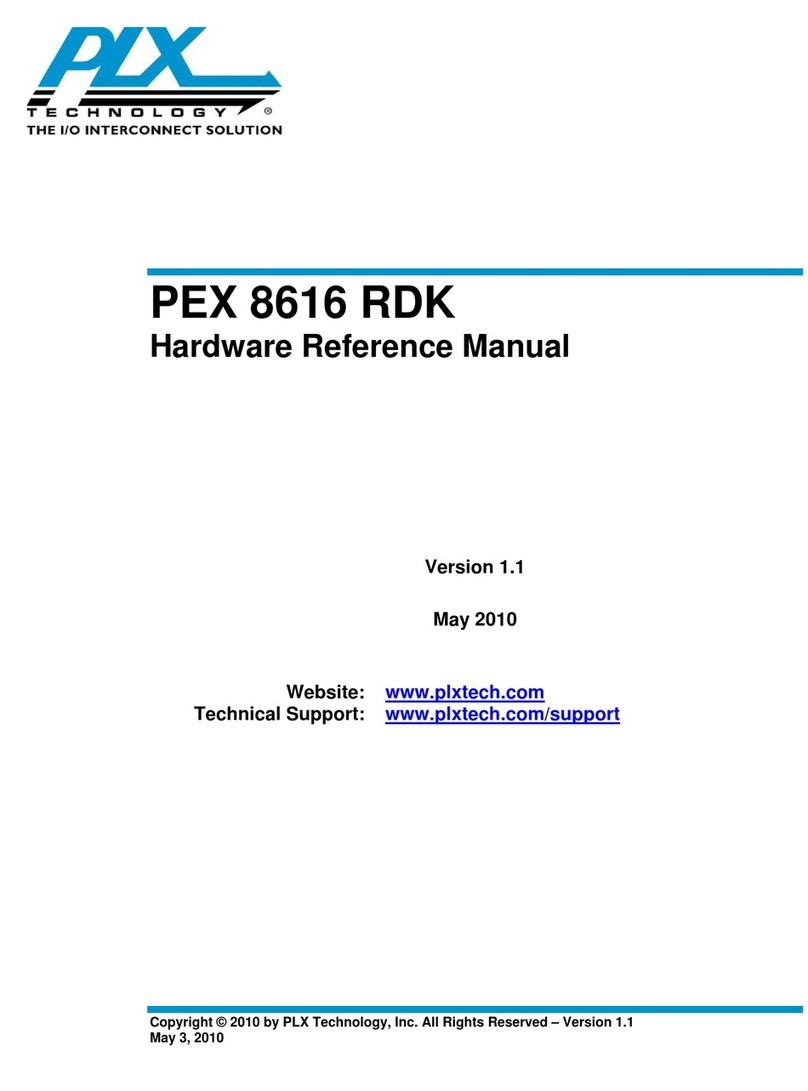
PLX Technology
PLX Technology PEX 8616 RDK Quick user guide
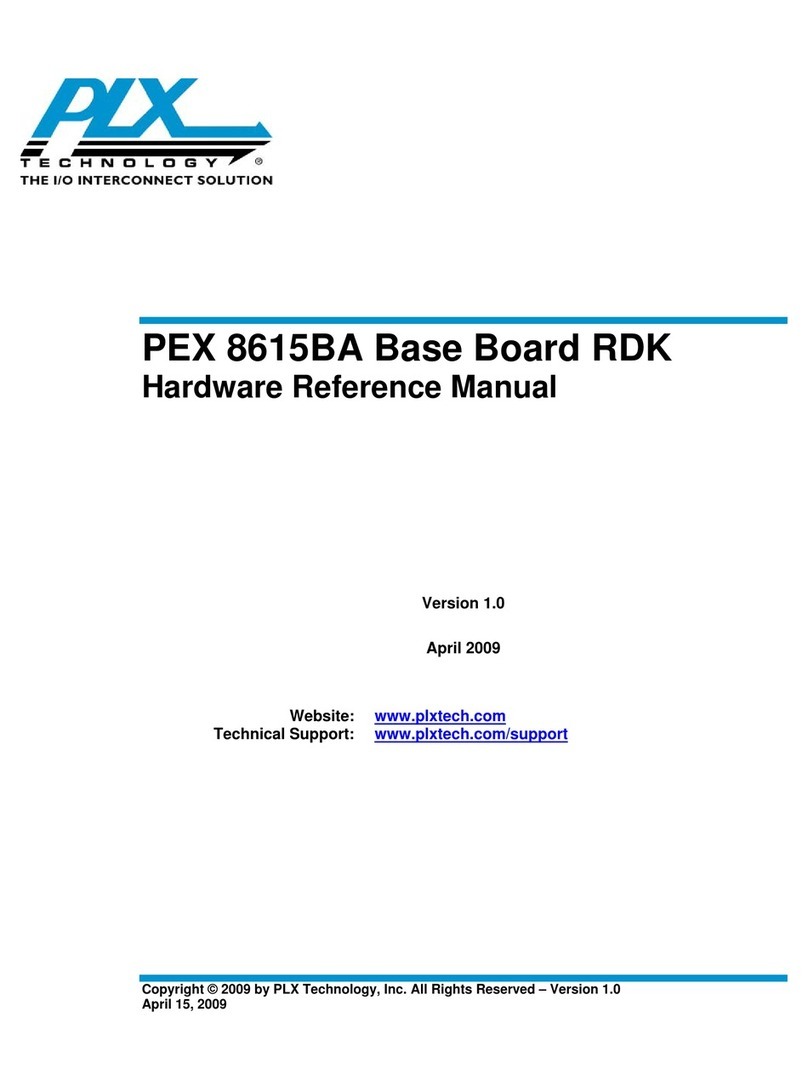
PLX Technology
PLX Technology PEX 8615A Quick user guide

PLX Technology
PLX Technology PEX 8505 Quick user guide
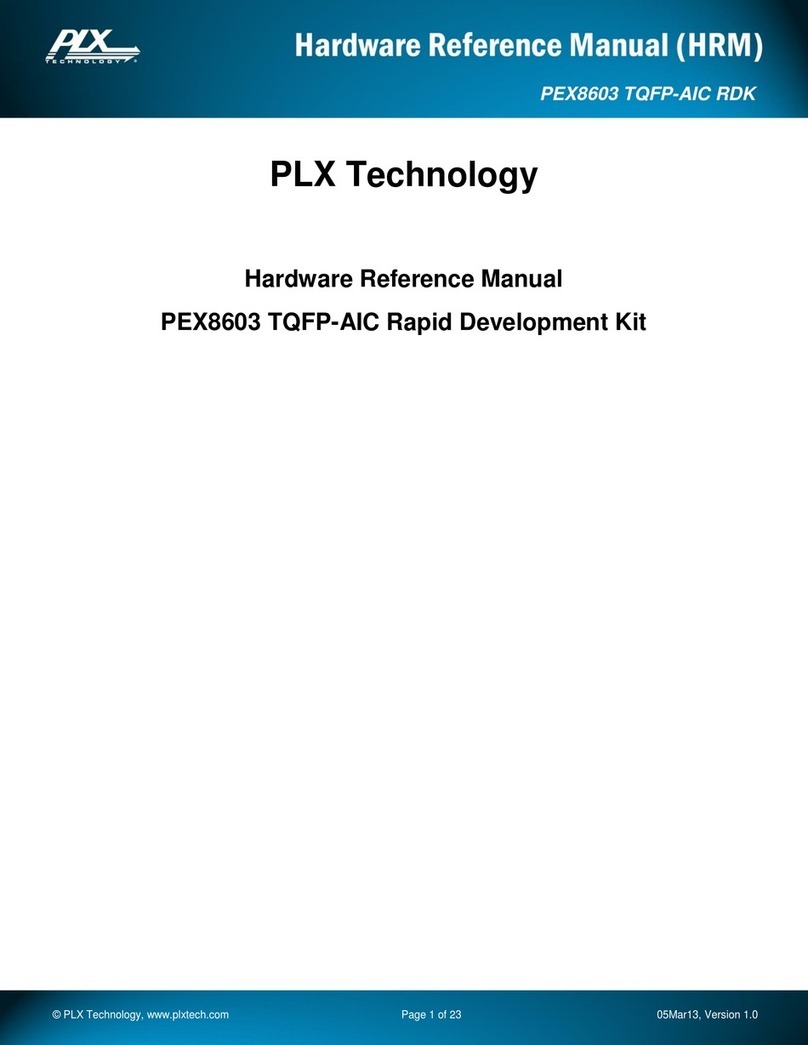
PLX Technology
PLX Technology PEX8603 Quick user guide
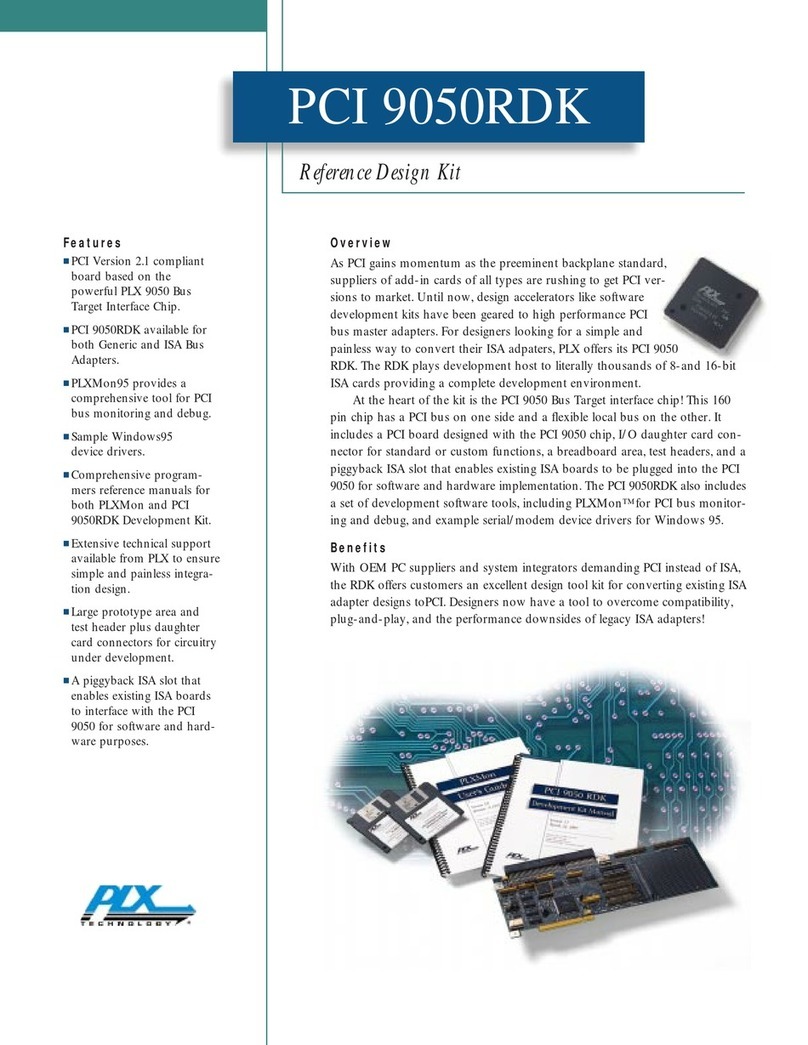
PLX Technology
PLX Technology PCI 9050RDK User manual
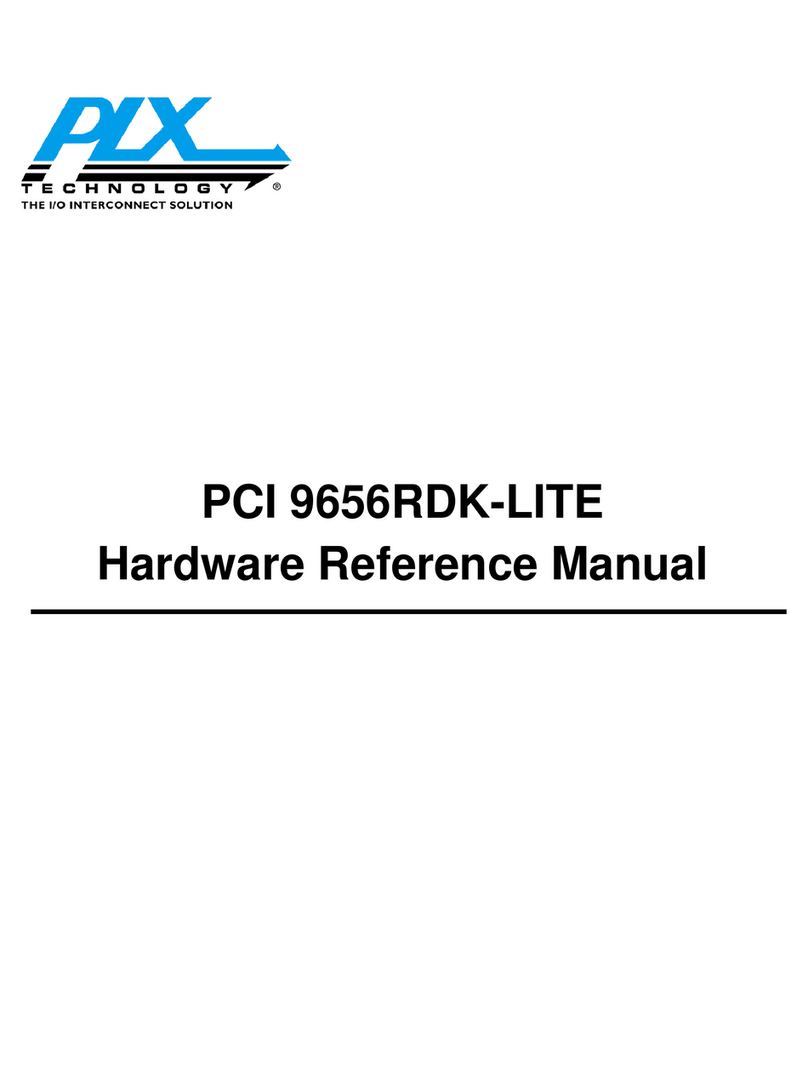
PLX Technology
PLX Technology PCI 9656RDK-LITE Quick user guide
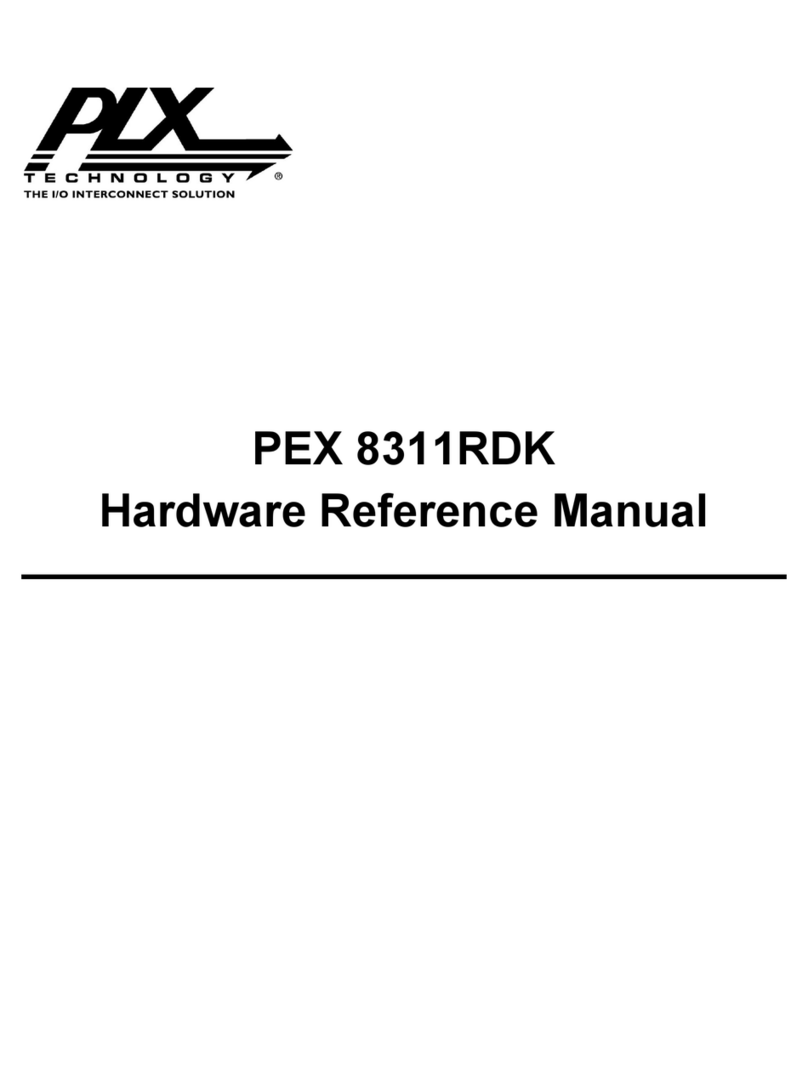
PLX Technology
PLX Technology PEX 8311RDK Quick user guide
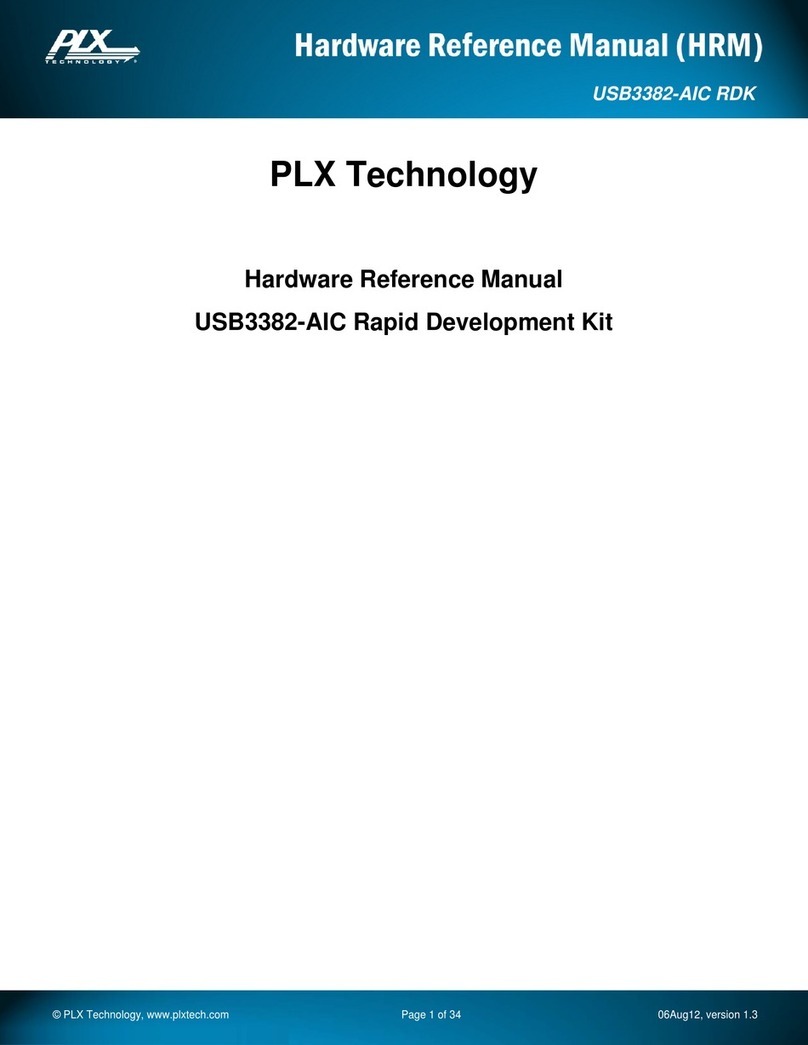
PLX Technology
PLX Technology USB3382-AIC Rapid Quick user guide
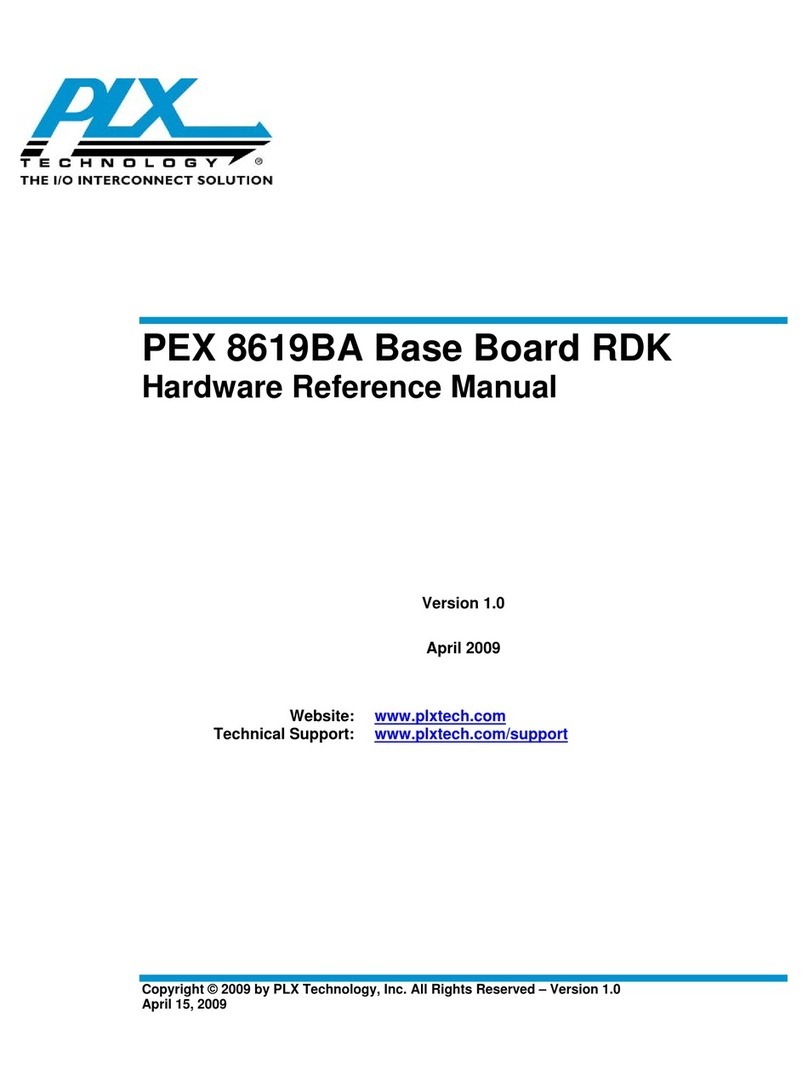
PLX Technology
PLX Technology PEX 8619BA Quick user guide
Popular Microcontroller manuals by other brands

DIGITAL-LOGIC
DIGITAL-LOGIC MICROSPACE manual

Texas Instruments
Texas Instruments TMS320F2837 D Series Workshop Guide and Lab Manual

CYPRES
CYPRES CY14NVSRAMKIT-001 user guide

Espressif Systems
Espressif Systems ESP8266EX Programming guide

Abov
Abov AC33M8128L user manual
Silicon Laboratories
Silicon Laboratories C8051F800 user guide





















